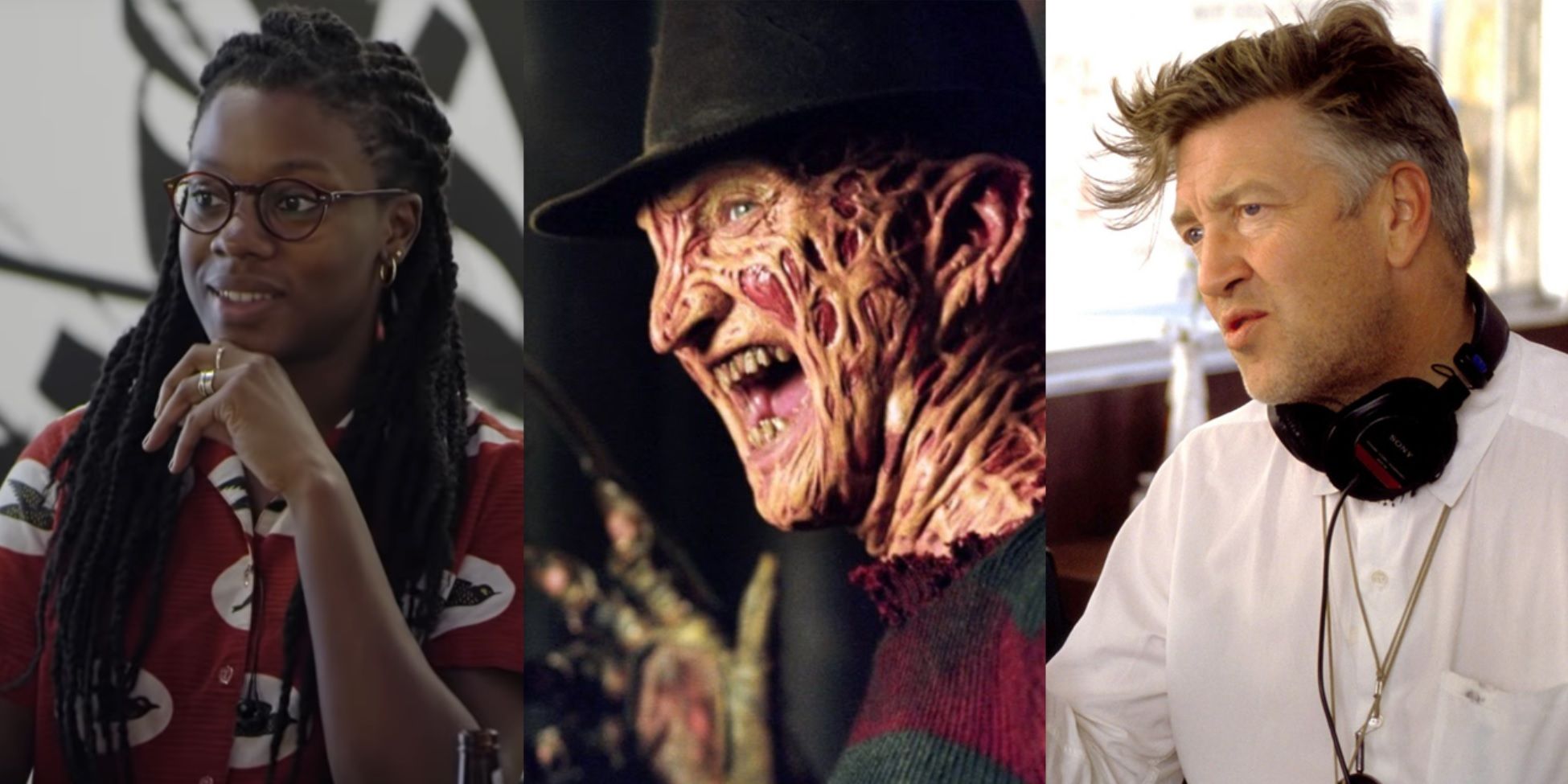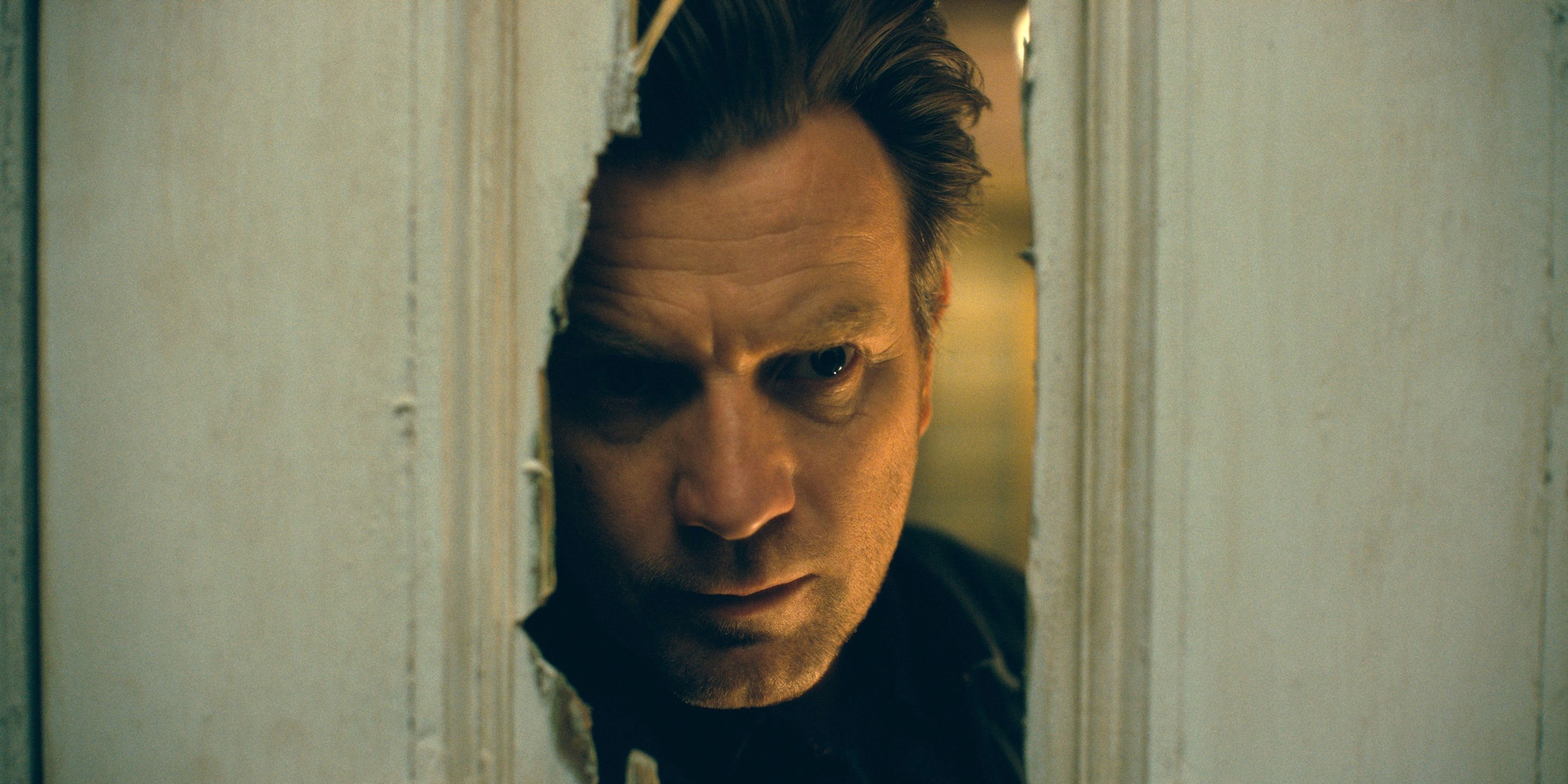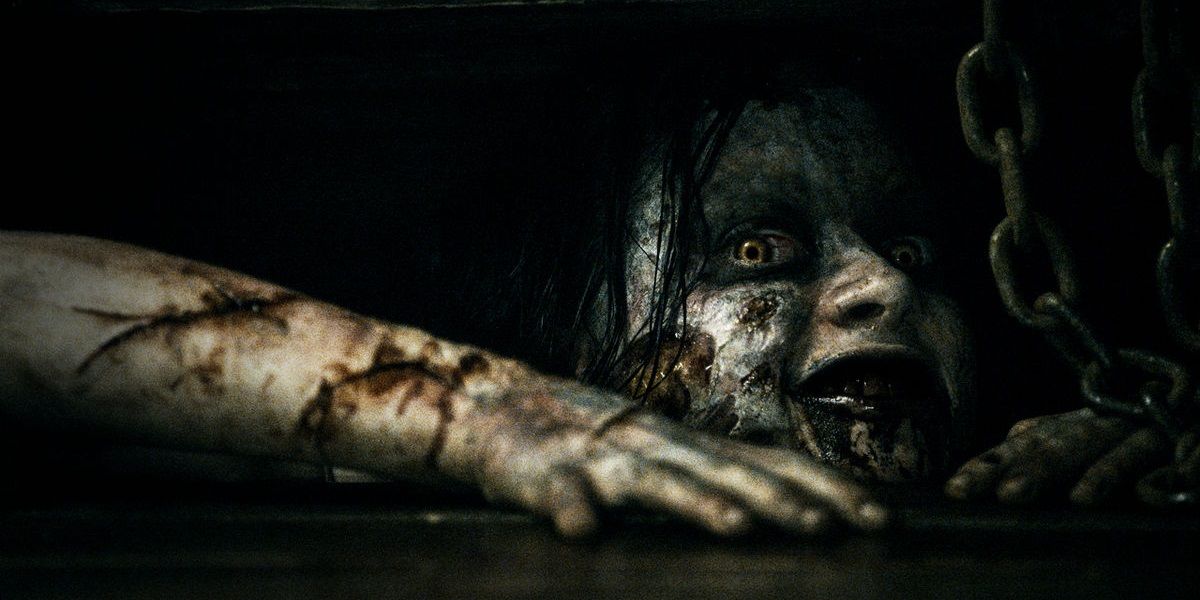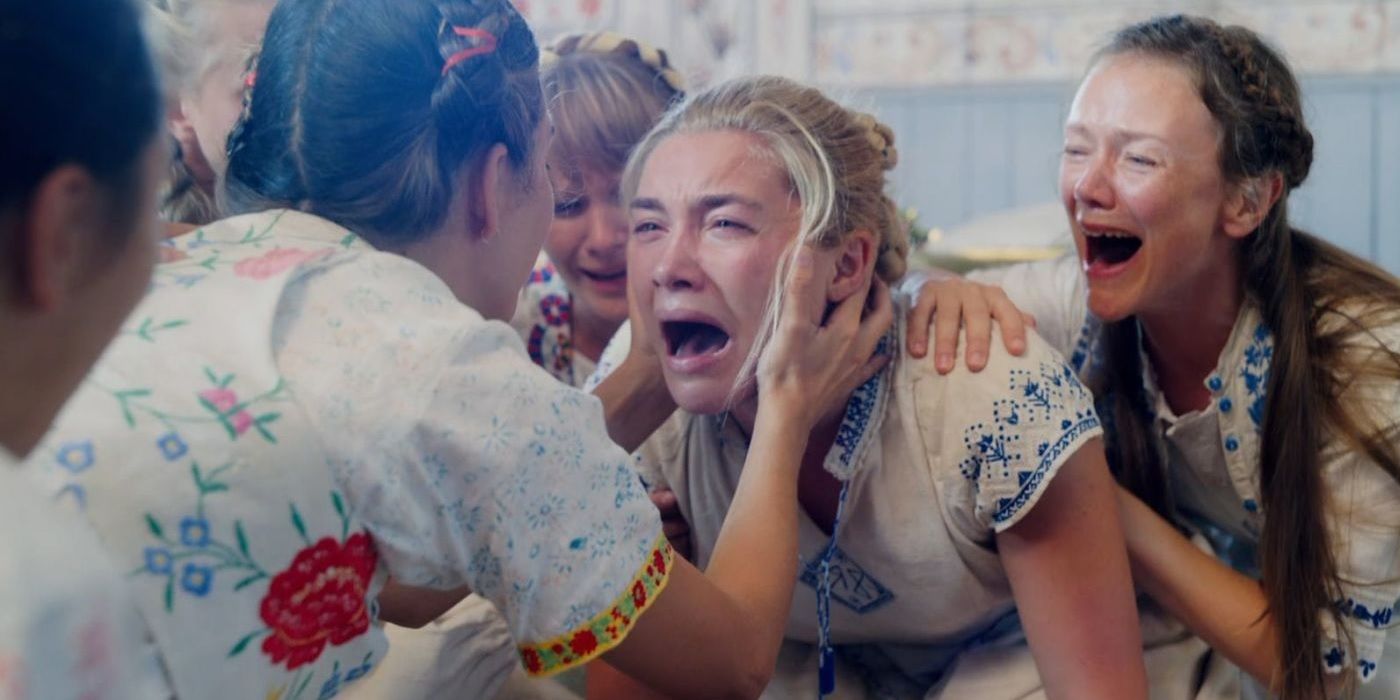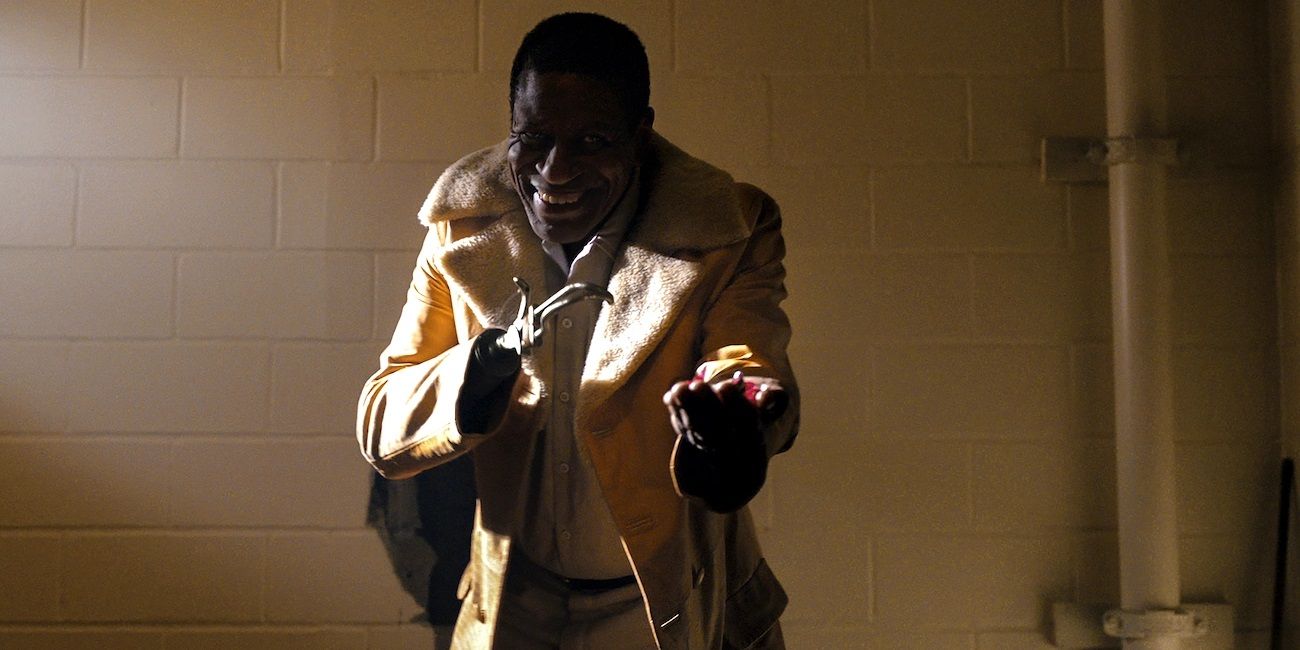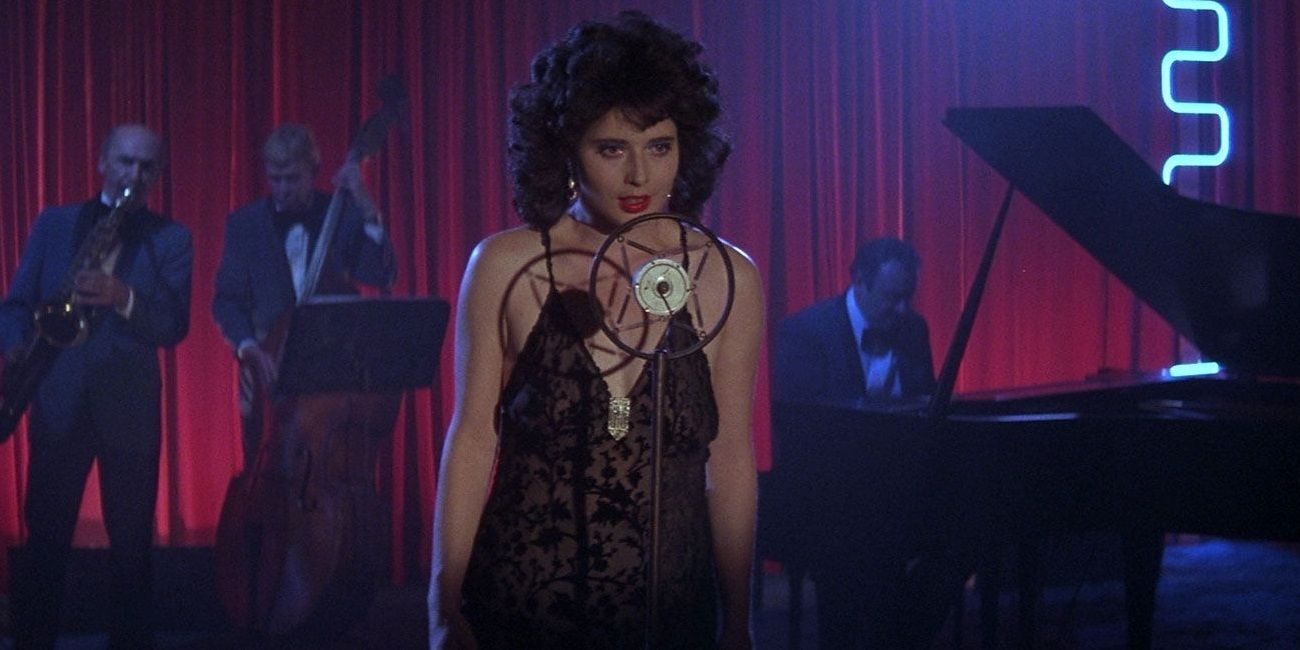As David Gordon Green’s Halloween movies have successfully reinvigorated the iconic slasher franchise, there’s been a lot of talk about giving Wes Craven’s A Nightmare on Elm Street series a similar treatment. The Exorcist and The Texas Chain Saw Massacre are both getting Halloween-style reboots that will retcon every previous sequel – it’s only a matter of time before it happens to every other horror classic.Instead of simply remaking Craven’s seminal 1984 original or trying to fit into the existing seven-sequel pile-up, a new Elm Street reboot could follow on directly from the shocking cliffhanger ending of the first Nightmare. Robert Englund could even return as an older Freddy.The usually magnificent Jackie Earle Haley proved in the 2010 remake that no other actor can play Freddy with quite the same goofball menace as Englund. The best way to continue the Nightmare franchise is a soft reboot bringing back Englund. But previous Elm Street sequels have proven that Englund’s presence alone doesn’t make a great movie.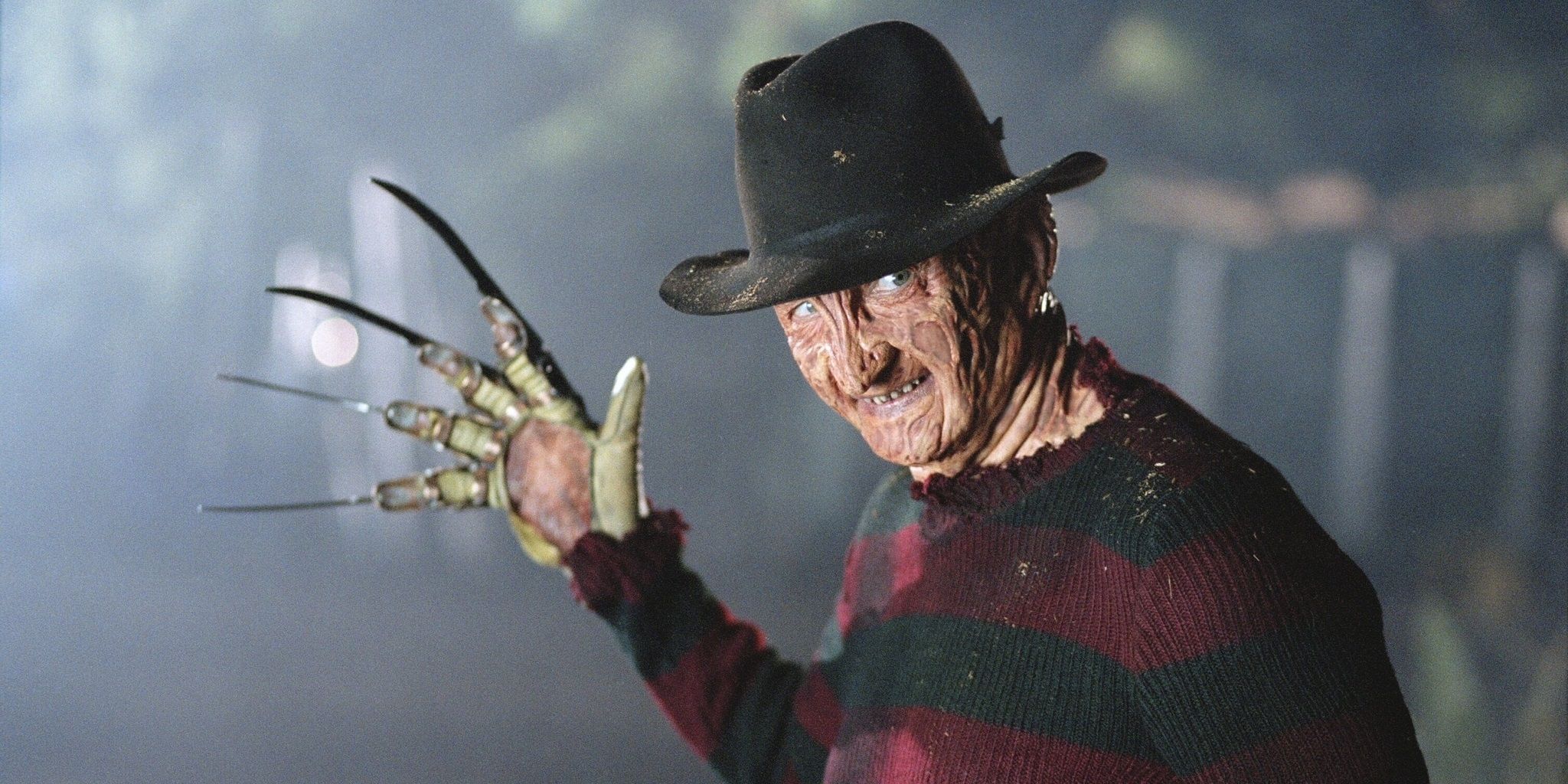 Craven’s original Nightmare on Elm Street script has one of the juiciest and most inventive horror premises ever conceived. Freddy is the ultimate boogeyman, stalking his prey on the dreamscape where he has all the control. But a movie with a great premise needs great execution to really work. Craven executed his vision masterfully, seamlessly taking audiences in and out of the dreamscape with the relentless terror of John Carpenter’s Halloween and the tense atmosphere of Stanley Kubrick’s The Shining.Any potential Nightmare on Elm Street revival would need a filmmaker whose command of tension, visual flair, and passion for horror match Craven’s. Thankfully, horror cinema is in a good place right now and there are a few strong candidates out there.
Craven’s original Nightmare on Elm Street script has one of the juiciest and most inventive horror premises ever conceived. Freddy is the ultimate boogeyman, stalking his prey on the dreamscape where he has all the control. But a movie with a great premise needs great execution to really work. Craven executed his vision masterfully, seamlessly taking audiences in and out of the dreamscape with the relentless terror of John Carpenter’s Halloween and the tense atmosphere of Stanley Kubrick’s The Shining.Any potential Nightmare on Elm Street revival would need a filmmaker whose command of tension, visual flair, and passion for horror match Craven’s. Thankfully, horror cinema is in a good place right now and there are a few strong candidates out there.
Mike Flanagan
Anybody who undertakes a Nightmare on Elm Street reboot needs to have their own personal vision, but one that still honors the Craven tradition. One filmmaker who’s proven himself to be adept at translating another horror visionary’s work is Mike Flanagan.
Flanagan is one of Hollywood’s go-to guys for Stephen King adaptations, having brought both Gerald’s Game and Doctor Sleep to the screen. In Doctor Sleep, Flanagan not only adapted King’s work – as if that wasn’t enough pressure – he also made a spiritual sequel to Kubrick’s iconic (and extremely unfaithful) adaptation of The Shining, checking in on Danny Torrance as an adult. On both counts, Flanagan succeeded.
On top of his well-established ability to bring familiar horror classics into a new medium or a modern setting, Flanagan is also a fantastic horror director. His breakout film Hush is tense and terrifying from beginning to end.
Fede Álvarez
Fede Álvarez’s 2013 version of Evil Dead is a rare example of a horror remake that uses modern filmmaking techniques to enhance the terror of the original. 2013’s Evil Dead matches the intensity of Sam Raimi’s groundbreaking 1981 original with a bigger budget and CG capabilities.
The remake honors the original’s dedication to pushing the boundaries of gore with even gnarlier, nastier violence that pushes those boundaries even further. One character cuts off their arm with an electric turkey-carver to prevent the spread of a demonic possession – and then the possession spreads anyway.
Álvarez worked wonders imbuing the biggest scares from The Evil Dead with gruesome CGI, as well as bringing in entirely new concepts that filmmakers couldn’t even imagine in the ‘80s. He could do the same for A Nightmare on Elm Street’s blood-soaked dreamscape.
Ari Aster
Ever since his debut feature Hereditary was labeled this generation’s answer to The Exorcist, Ari Aster has been one of the most exciting new voices in horror. His Wicker Man-style “folk horror” follow-up Midsommar – a bizarre, gruesome, psychedelic odyssey through the murderous rituals of a Swedish cult – proved he wasn’t a one-trick pony. Horror films tend to favor night-time settings because darkness is an innate human fear, but Midsommar manages to frighten audiences in non-stop broad daylight.
Aster certainly has his own unique vision of horror, but there are moments in both Hereditary and Midsommar that prove he’d be a good fit for A Nightmare on Elm Street. Hereditary has a few disturbing nightmare sequences symbolizing Peter’s guilt with visions of his sister’s head rolling off in the corner of his darkened bedroom. Midsommar doesn’t have any straightforward dream sequences, but from the moment Dani arrives at the commune and she’s given a psychedelic drug, the rest of the movie is a haunting, hypnotic trip full of dreamlike visuals.
Nia DaCosta
Although the recent Candyman reboot has been primarily attributed to producer Jordan Peele, it was actually directed by Nia DaCosta. The new movie is a direct sequel to the original that brings back the titular slasher, expands on his socially conscious mythology, and ignores all the previous sequels that fans hated.
The social commentary is ultimately a little ham-fisted, but as a supernatural slasher, 2021’s Candyman is wildly satisfying. When it comes to directing and editing horror sequences, DaCosta has shown that she has an unparalleled instinct for what should appear in the frame and what should be left to the audience’s imagination. This can be seen in one particularly shocking sequence in the new Candyman reboot set in a high school bathroom.
With moments like a journalist’s slit throat being smeared across her apartment window in a haunting static wide shot, DaCosta managed to create brand-new iconic visuals out of the grisly murders of a well-worn paranormal killer. If DaCosta can make Candyman scary again after a slew of laughable sequels, she can do the same for Freddy.
David Lynch
A slasher in which unsuspecting victims are killed in their dreams is the perfect premise for a David Lynch movie. It’s highly unlikely that Lynch would return to filmmaking to reboot a franchise – especially after his experiences working with a big Hollywood studio on Dune – but his disturbing cinematic sensibility would fit this particular franchise like a glove.
In unsettling masterpieces like Eraserhead, Blue Velvet, and Mulholland Drive, Lynch has carved out a surreal, dreamy vision of suburbia and Americana. His atmospheric filmmaking style is marked by creepy imagery draped in ambient noise. If the Elm Street rights holders are looking for a filmmaker who’ll bring their own idiosyncratic ideas to the table instead of just shallowly emulating what Craven did, Lynch is their guy.

